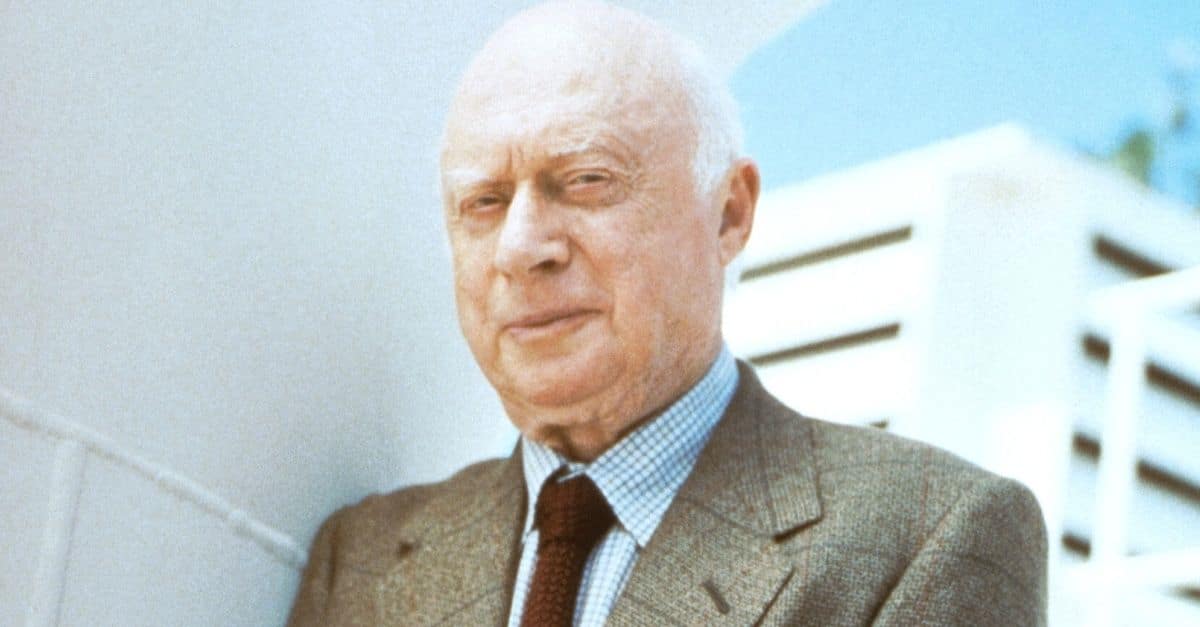Discovering The Oldest Living Stars: A Journey Through Time
The fascination with the oldest living stars has captivated many astronomy enthusiasts and casual stargazers alike. These ancient celestial bodies not only provide insights into the early universe but also help us understand the lifecycle of stars. In this article, we will explore the oldest living stars, their characteristics, and their significance in the cosmos.
Stars are born, live, and eventually die, but some have managed to defy the odds and survive for billions of years. These stars, often referred to as the "oldest living stars," are remnants of the universe's early stages. They hold clues about the formation of galaxies and the elements that make up our world today. Understanding these stars can deepen our appreciation for the universe's history and our place within it.
In this comprehensive guide, we will delve into specific examples of the oldest living stars, their properties, and the ongoing research that continues to uncover the mysteries of these ancient giants. If you're intrigued by the cosmos and want to learn more about the oldest living stars, keep reading!
- Unveiling The Mystique Of Lyra Crow Of Leak
- New Viralkand The Ultimate Guide To Understanding The Latest Online Phenomenon
- G Baby Brattygbaby Tiktok Leaked Nsfw Content
- Aaron Pierres Wife The Woman Behind The Rising Star
- Fry99com Telegram The Ultimate Guide To A Secure And Connected Experience
Table of Contents
- What Are Oldest Living Stars?
- Characteristics of Oldest Stars
- Notable Ancient Stars
- BD+30°2611
- HD 140283
- Sirius: The Brightest Star
- Importance of Studying Old Stars
- Conclusion
What Are Oldest Living Stars?
Oldest living stars are celestial bodies that have survived from the early universe, typically formed shortly after the Big Bang. These stars are generally older than 10 billion years and are composed primarily of hydrogen and helium. They are considered Population II stars, which means they formed in the early stages of the universe when there were fewer heavy elements.
Characteristics of Oldest Stars
Several key characteristics define the oldest living stars:
- Age: Oldest stars are estimated to be over 10 billion years old.
- Composition: They have a low metallicity, meaning they contain fewer heavy elements compared to younger stars.
- Size: Many of these stars are smaller and cooler than more recent stars, often classified as red giants or subgiants.
- Brightness: These stars usually have a lower brightness due to their age and size.
Notable Ancient Stars
Among the various ancient stars, a few stand out due to their remarkable characteristics and the insights they provide into the universe's history.
- Hd Hub 4u Movies Hindi Dubbed Your Ultimate Destination For Bollywood Thrills
- Unraveling The Life Of Seargeoh Stallone The Silent Star
- Xhamster The Ultimate Guide To Understanding Its Impact And Usage
- Exploring The Life And Influence Of Jameliz Benitez Smith Xxx
- Richard Dreyfuss Parkinsons A Deep Dive Into His Journey With Resilience
BD+30°2611
BD+30°2611 is one of the oldest known stars, with an estimated age of around 13 billion years. It is located approximately 200 light-years away from Earth and is believed to have formed shortly after the Big Bang. BD+30°2611 has a unique composition, with a low metallicity that provides evidence of the conditions in the early universe.
HD 140283
HD 140283, also known as the "Methuselah star," is another ancient star, estimated to be around 13.7 billion years old. This star has garnered significant attention due to its age and peculiar properties. Researchers have studied HD 140283 to understand the processes that occurred in the early universe and to test theories of stellar evolution.
Sirius: The Brightest Star
While not as old as BD+30°2611 or HD 140283, Sirius, the brightest star in the night sky, has interesting characteristics. It is a binary star system, consisting of Sirius A and Sirius B. Sirius A is around 200 million years old, while Sirius B is a white dwarf that has completed its life cycle. The study of Sirius and its components provides valuable information about the evolution of stars and the dynamics of star systems.
Importance of Studying Old Stars
Studying the oldest living stars is crucial for several reasons:
- Understanding the Universe's History: Ancient stars serve as time capsules, providing insights into the early conditions of the universe and the formation of galaxies.
- Stellar Evolution: Research on these stars can enhance our understanding of stellar evolution and the lifecycle of stars.
- Cosmic Chemistry: Old stars contribute to the cosmic chemical enrichment, influencing the formation of new stars and planets.
- Testing Astrophysical Models: Studying ancient stars helps validate and refine theories of stellar formation and evolution.
Conclusion
In summary, the oldest living stars are invaluable to our understanding of the cosmos. Their age, composition, and unique properties provide a wealth of information about the universe's early history and the processes that have shaped it over billions of years. As researchers continue to study these ancient giants, we gain deeper insights into our existence and the broader universe.
We encourage you to share your thoughts in the comments below and explore more articles on our website to further your knowledge about the wonders of the universe!
Thank you for taking the time to learn about the oldest living stars. We hope to see you back here for more fascinating insights into the world of astronomy!
- New Viral Sexy Video Mms The Buzz You Need To Know About
- Ranjit Ghosh Mamata Banerjees Husband And The Man Behind The Camera
- Filmyfly South Xyz Your Ultimate Destination For South Indian Cinema
- Teenxy The Ultimate Guide To Understanding The Rising Phenomenon
- Teach Me First Honey Toon Free Unlock The Sweet Adventure Without The Sting

Norman Lloyd, 106, Is The Oldest Living Television Star

Julie Gibson beautiful 1 105 years old as of 292019 Julie gibson

Oldest Stars Still Alive 2024 Neda Tandie